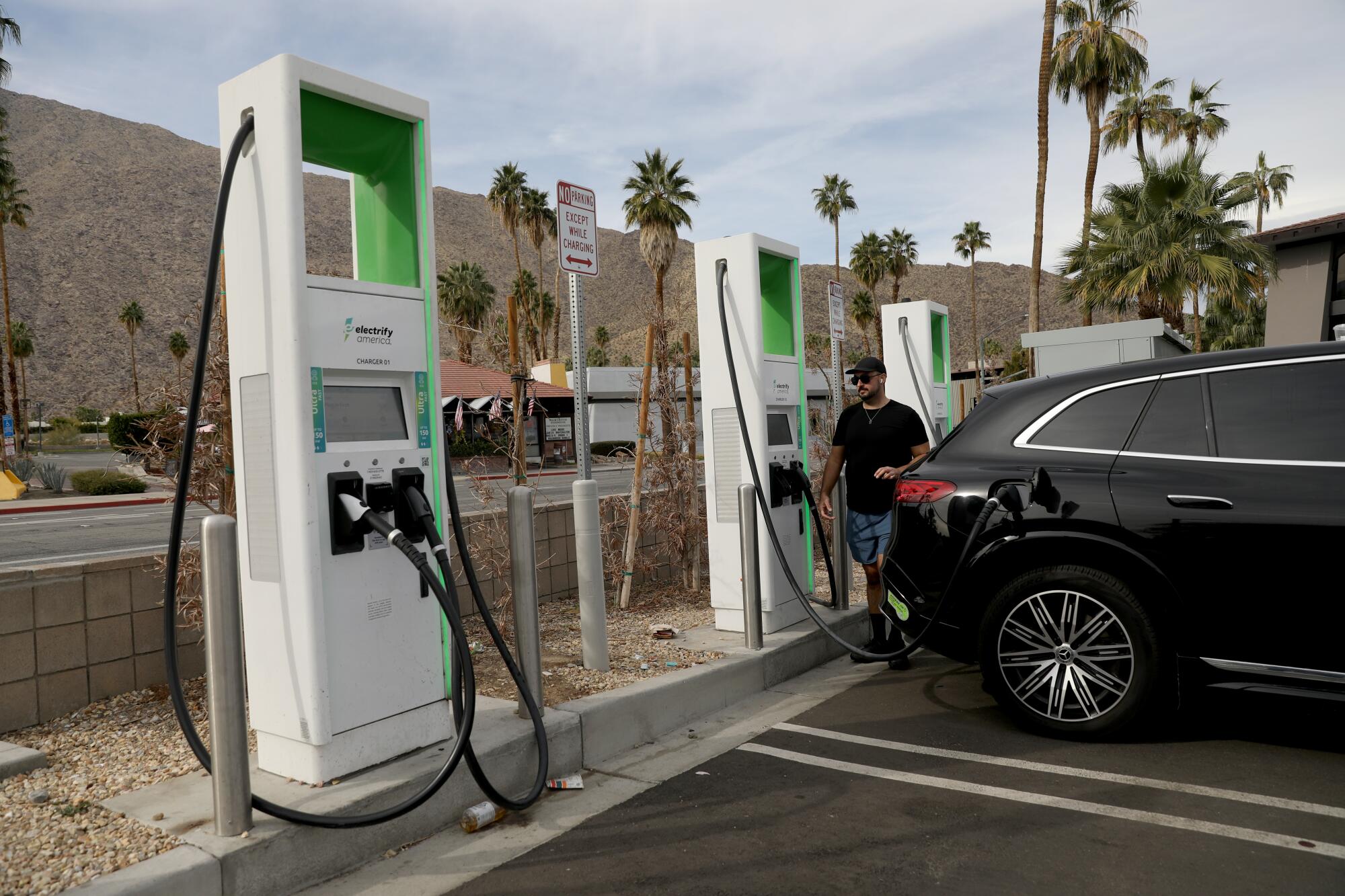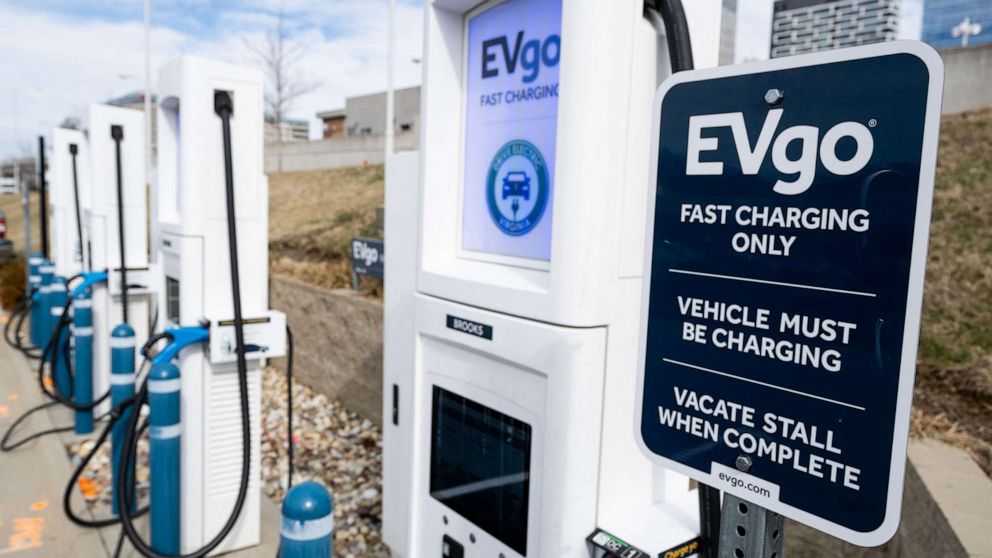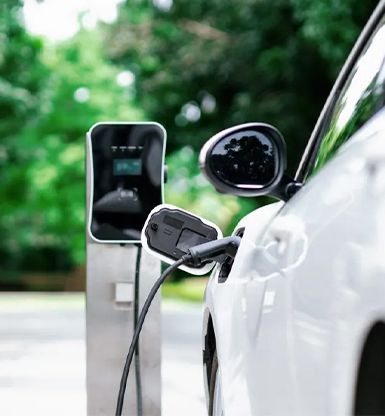How to Stay Updated on Industry Developments When You Buy EV Charging news
How to Stay Updated on Industry Developments When You Buy EV Charging news
Blog Article
Leading EV Charging News: Key Updates on Facilities and Technology

Current Innovations in Fast-Charging Technology

In addition, developments in battery innovation, including enhanced thermal monitoring systems and higher power thickness batteries, complement fast-charging abilities. These growths reduce the danger of battery destruction during fast charging, making sure longevity and performance for EV owners.
In addition, the integration of clever billing services is enhancing customer experience, allowing real-time tracking and vibrant prices designs. EV Charging news. This adaptability allows vehicle drivers to maximize charging times and expenses based on grid need
As car manufacturers remain to spend in fast-charging networks, the cooperation between industry stakeholders is vital. Collaborations in between billing terminal providers and automotive makers are leading the method for considerable coverage, inevitably fostering a more robust EV ecosystem. These developments are critical in supporting the transition to sustainable transportation.
Federal Government Campaigns for Billing Development
Federal government efforts play an important duty in the growth of electric car (EV) charging infrastructure, helping with the shift to sustainable transport. Numerous government and state programs are being carried out to improve charging accessibility, lower the economic problem on consumers, and promote the fostering of electric cars.
Notably, the united state government has alloted substantial funding through the Framework Investment and Jobs Act, which earmarks $7.5 billion for EV billing network advancement across the country. This funding is targeted at deploying thousands of brand-new charging terminals, specifically in underserved areas, thereby resolving variety anxiety amongst potential EV customers.
Furthermore, countless states are passing legislation to enhance the permitting procedure for charging terminal installations, which is crucial for increasing deployment. Motivations such as tax debts and discounts for both consumers and organizations are likewise being presented to motivate the installment of billing framework.
In addition, public-private collaborations are increasingly ending up being an emphasis, leveraging private financial investment to complement federal government funding. These initiatives highlight a joint approach necessary for building a efficient and extensive EV billing network, inevitably contributing to a greener and more lasting future.
Cutting-edge Battery Solutions Enhancing Efficiency
Transforming the landscape of electrical lorry (EV) technology, innovative battery services are substantially boosting efficiency and performance. Advancements in battery chemistry, especially with lithium-sulfur and solid-state batteries, are causing raised power thickness, which allows for longer ranges and faster charging times. These new battery types have the potential to surpass standard lithium-ion batteries by using greater capabilities while minimizing weight, therefore boosting total lorry performance.
In addition, growths in battery monitoring systems (BMS) are maximizing power use and prolonging battery life expectancy. Intelligent algorithms monitor battery health and efficiency, making it possible for real-time changes to billing and discharging processes. This not just boosts the performance of the battery however likewise guarantees a more lasting and reputable energy resource for EVs.
In addition, the combination of recycling technologies is resolving the ecological effect of battery manufacturing and disposal. Innovations in second-life applications for EV batteries are promoting their use in energy storage space systems, contributing to a round economic situation.
As these try this out ingenious battery solutions proceed to develop, they promise to change the EV market, making electric lorries a lot more available and enticing to a more comprehensive target market while supporting international sustainability goals.

Collaboration Between Automakers and Billing Networks
Identifying the critical requirement for a durable charging infrastructure, automakers are significantly collaborating with charging network companies to improve the EV possession experience (EV Charging news). These partnerships aim to create a seamless charging ecosystem that profits customers and sustains the shift to electric automobiles
Significant vehicle brands are joining pressures with well-known billing networks to broaden their charging station insurance coverage, making certain vehicle drivers have accessibility to dependable and convenient charging options. Collaborations with networks like ChargePoint and Electrify America enable car manufacturers to incorporate charging remedies directly right into their automobiles' navigation systems, assisting users to the local stations and providing real-time accessibility updates.
Additionally, these cooperations typically result in the growth of fast-charging technologies that dramatically decrease the moment needed to charge an EV. By pooling resources and proficiency, car manufacturers and charging networks can innovate much faster, creating options that meet the growing need for electric wheelchair.
In enhancement, joint efforts might also result in even more standardized charging procedures, which can relieve customer complication and promote more comprehensive EV adoption. In general, these critical alliances are critical in constructing a easy to use and reliable charging infrastructure that satisfies the i thought about this requirements of an increasing electrical car market.
Difficulties Encountering EV Billing Facilities
As the electric lorry market remains to expand, a number of difficulties are surfacing that impede the development of a detailed charging facilities. Among the key obstacles is the insufficient number of charging stations, particularly in rural and underserved metropolitan areas. This space produces variety stress and anxiety among prospective EV purchasers, preventing them from making the button.
Furthermore, the lack of standardization accountable innovation complicates the infrastructure landscape. Variations in plug types and billing speeds can create confusion for users and increase functional intricacies for billing network operators. The integration of billing terminals into existing electrical grids poses substantial difficulties. Lots of regions face ability restrictions, needing substantial financial investments in grid upgrades to fit enhanced demand.
One more pushing problem is the high cost linked with the setup and upkeep of charging terminals, which can be a barrier for both private services and public entities. Lastly, governing visit this website obstacles and zoning restrictions can delay the deployment of charging framework, hampering progress in broadening vital solutions. Addressing these difficulties will certainly be essential for cultivating a robust EV community that sustains the transition to lasting transportation.
Conclusion
To conclude, the ongoing developments in EV charging modern technology, sustained by significant federal government efforts and cutting-edge battery options, are important for the expansion and effectiveness of electric automobile infrastructure. Collaborations between automakers and charging companies additionally improve terminal protection, attending to the expanding demand for easily accessible charging choices. In spite of challenges that persist within the EV charging landscape, these developments signify a favorable trajectory in the direction of a much more efficient and sustainable electrical lorry environment.
Advancements in charging infrastructure have led to the growth of ultra-fast battery chargers capable of delivering up to 350 kW of power, significantly reducing billing times. Variations in plug types and billing speeds can develop complication for users and increase functional complexities for charging network drivers.In final thought, the ongoing innovations in EV billing innovation, sustained by substantial government campaigns and ingenious battery services, are crucial for the development and effectiveness of electrical automobile infrastructure. Cooperations between car manufacturers and charging providers better enhance terminal protection, resolving the growing need for available billing choices. Regardless of difficulties that linger within the EV charging landscape, these growths signify a favorable trajectory towards a much more reliable and sustainable electric automobile community.
Report this page